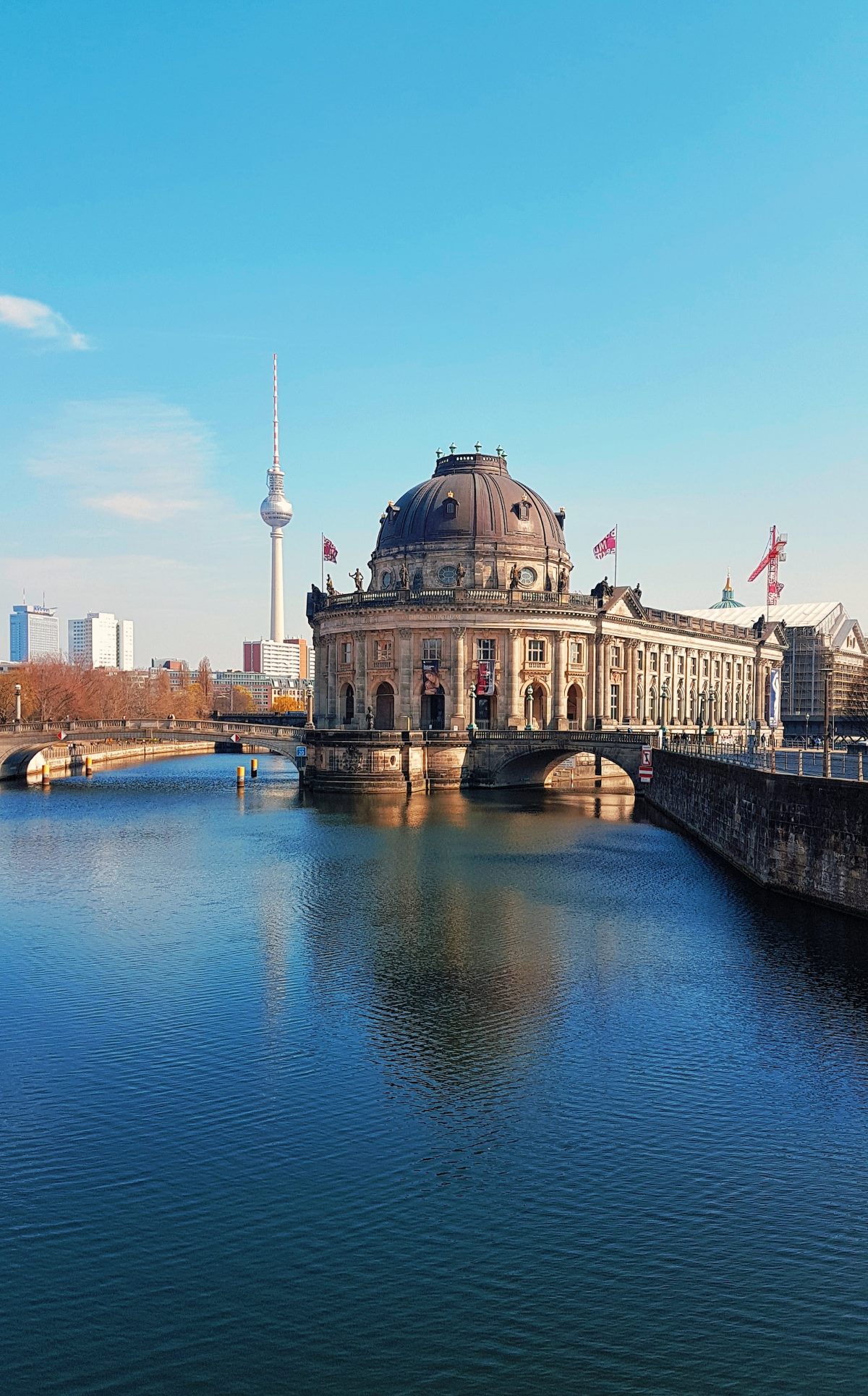As a tour guide in Berlin, it is important to ensure that your walking tours are accessible to a wide range of visitors. By implementing some simple strategies, you can create a more inclusive and enjoyable experience for all participants, regardless of their mobility or cognitive abilities. In this blog post, we will explore some practical tips to increase accessibility in your Berlin walking tours.
1. Select Accessible Tour Routes
When planning your walking tours, opt for routes that are accessible to everyone. Look for streets and sidewalks with smooth surfaces, curb cuts, and ramps. Avoid areas with steep inclines or uneven terrain that might prove challenging for individuals with mobility issues or wheelchair users.
2. Include Rest Stops
Walking tours can be physically demanding for some participants. Integrate rest stops throughout the tour route, especially in areas with seating options. This allows individuals to take a break, catch their breath, and continue the tour comfortably.
3. Provide Detailed Descriptions
Consider that some participants may have visual impairments or be unable to see certain landmarks. Offer detailed descriptions of each point of interest to ensure everyone can appreciate the tour experience. You can also use tactile maps or models for individuals who are blind or have low vision.
4. Offer Assisted Listening Devices
For participants with hearing impairments, offering assisted listening devices can greatly enhance their experience. These devices amplify sound, improving the audio quality and allowing individuals to hear your tour narration more clearly. Make sure to have a sufficient number of devices available to accommodate multiple participants.
5. Use Visual Aids
Including visual aids in your tour is beneficial for individuals with cognitive disabilities or those who prefer a visual learning style. Create handouts or display visual materials such as maps, diagrams, or images that complement your narrative and make the information more accessible to a wider audience.
6. Communicate with Participants
Prioritize clear communication with your participants. Remind them at the beginning of the tour to let you know about any specific needs or requirements they may have. Establish an open and welcoming environment where individuals feel comfortable approaching you for assistance or clarification during the tour.
7. Involve Local Accessibility Organizations
Reach out to local accessibility organizations or disability-focused groups in Berlin. Collaborating with these organizations can provide valuable insights and guidance on how to improve your tour’s accessibility. They may also recommend specific routes, attractions, or accommodations that are particularly accessible.
8. Train Your Tour Guides
Ensure that all tour guides are trained in providing an inclusive experience for participants of varying abilities. Conduct training sessions that cover disability awareness, sensitivity, and communication techniques. This will enable your guides to cater to the needs of all participants and create a welcoming atmosphere.
Conclusion
By implementing these strategies, you can increase the accessibility of your Berlin walking tours. Remember, fostering inclusivity is essential in creating a positive and memorable experience for all participants. By considering the diverse needs of your audience, you can offer an enriching tour that is open to everyone.

